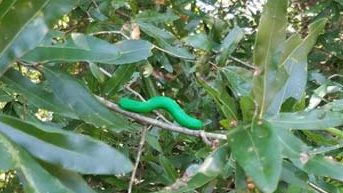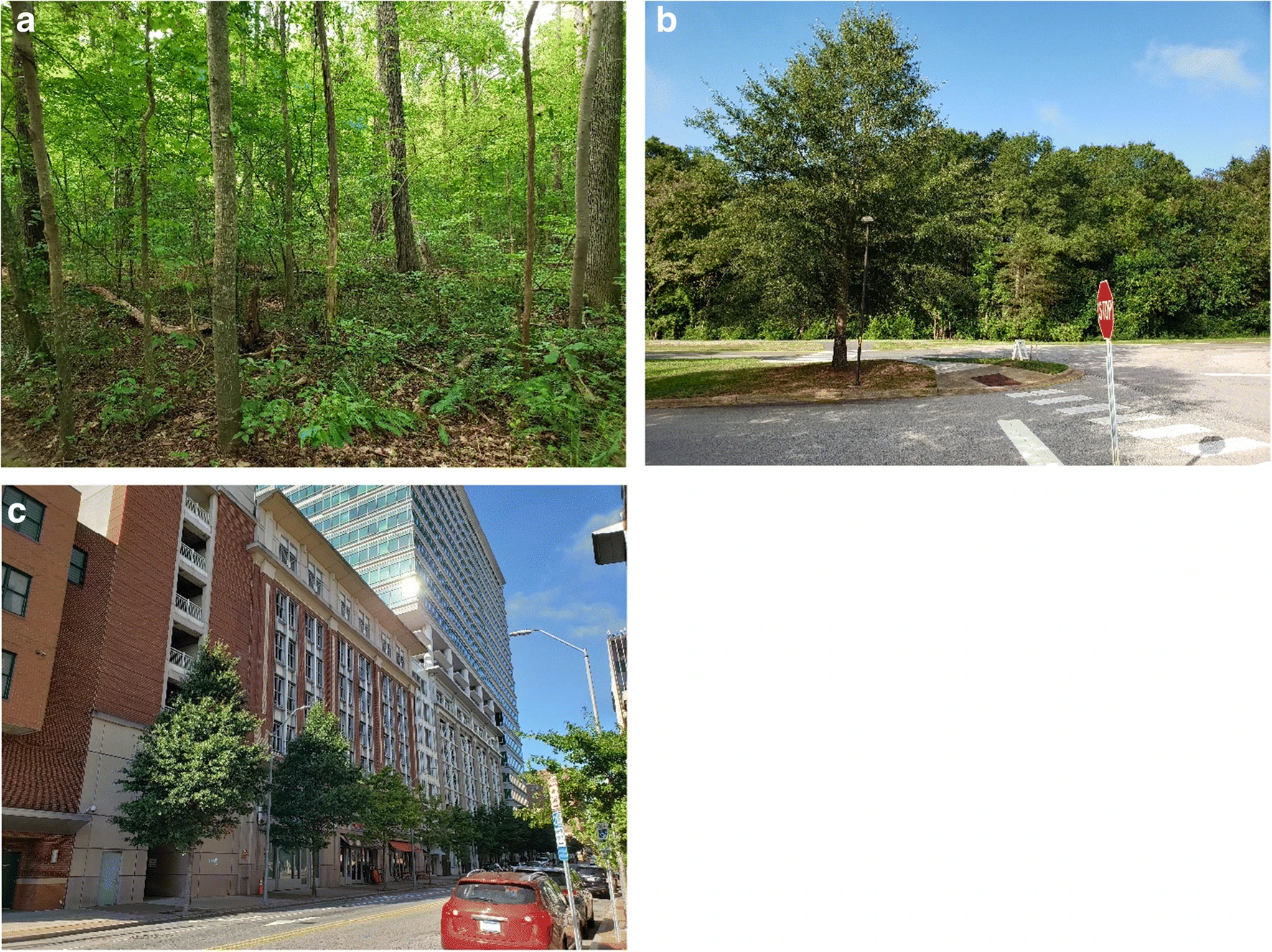New SE CASC Publication Investigates Predation in Urban Forest Fragments Versus Street Trees

2016-2017 Global Change Fellow, Larry Long, and SE CASC Researcher, Steve Frank published a new article in the journal Urban Ecosystems entitled, “Risk of bird predation and defoliating insect abundance are greater in urban forest fragments than street trees.” Their findings derived from SE CASC project, Consequences of Urbanization and Climate Change on Human and Ecosystem Health.

Abstract
Predation by natural enemies is important for regulating herbivore abundance and herbivory. Theory predicts that complex habitats support more natural enemies, which exert top-down control over arthropods and therefore can reduce herbivory. However, it is unclear if theory developed in other more natural systems similarly apply to predation by vertebrate and invertebrate natural enemies across urban habitats of varying complexity. We used plasticine caterpillar models to assess risk of predation by birds and insects, collected leaf-feeding arthropods, and measured herbivory in willow oak trees (Quercus phellos) in two seasons to determine how predation influenced herbivory across urban forest fragments, street trees planted near forest fragments, and downtown street trees. Predation attempts by birds and abundance of chewing folivores were greater on trees growing in urban forest fragments than downtown street trees. Bird predation attempts and herbivory levels were inconsistent for near-forest trees. Predation attempts by arthropods did not statistically vary among the three urban tree habitats. Contrary to expectations based on theory, chewing folivore abundance and herbivory were generally highest on trees growing in urban forests, the most complex habitat we studied, and the habitat where risk of bird predation was greatest. We suggest that urban forest fragments provide better habitat than other urban landscapes for both urban birds and chewing folivores by having greater habitat complexity. Therefore, basal resources, such as availability of suitable habitat, mediate top-down effects on herbivores in cities.
Long, L.C., Frank, S.D. Risk of bird predation and defoliating insect abundance are greater in urban forest fragments than street trees. Urban Ecosyst 23, 519–531 (2020). https://doi.org/10.1007/s11252-020-00939-x
- Categories:
